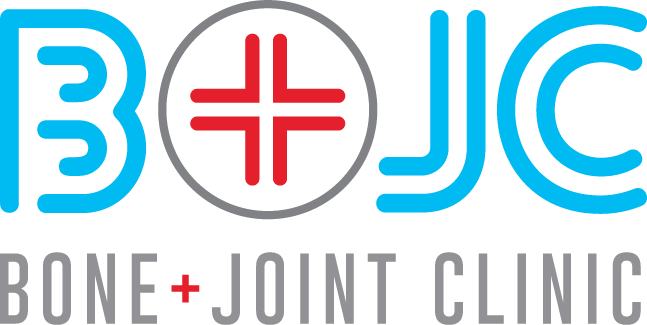Steroid Injections
How Your Steroid Injection Works
It is important you understand how your injection works so you know what to expect and also to help me interpret your response. The injection is a combination of a local anaesthetic and a steroid.
A LOCAL ANAESTHETIC works by preventing the transmission of pain impulses in the region they are injected. The anaesthetic typically has a rapid onset of action (usually within 10 minutes) and can last anywhere from a few hours to 24 hours depending on the particular anaesthetic chosen by your radiologist.
THE ANAESTHETIC COMPONENT OF THE INJECTION HELPS ME CONFIRM YOUR DIAGNOSIS.
If after your injection your pain goes away (or is significantly better) that means the structure we injected is responsible for your pain. I can then potentially target that structure if surgical intervention is required.
The STEROID is used for its anti-inflammatory properties. It is not the same as an anabolic steroid which is used to build muscle. The common steroid used for spinal injections is dexamethasone which is non-particulate and thought to be safer around the spinal cord than particulate steroids like cortisone. Cortisone is commonly used for injections into joints and bursae and is very safe in these locations. Steroids produce their anti-inflammatory effect by entering the nucleus of the cell and affecting the production of certain proteins important in the inflammatory process. This takes between 2 and 3 days.
THE STEROID CAN POTENTIALLY TREAT THE SYMPTOMS OF YOUR CONDITION BY DECREASING INFLAMMATION. This effect will start 2-3 days after the injection and typically builds up over 2-3 weeks.
As you can see there is a window between when the anaesthetic wears off (after 6-24 hours) and when the steroid starts kicking in (after 2-3 days). During this period your pain will likely feel the same (or even worse – the steroid flare) than it did before the injection. This is normal. If the anaesthetic took your pain away it means the injection was in the right spot and the steroid should begin to lessen the pain a day or so later.
When you come back to see me to assess your response to the injection what is most important to me (from a diagnosis point of view) is what you pain was like between 2 and 6 hours after the injection.
If the pain went away (or was significantly better) for that period of time, then we have localized the source of the pain and can then move forward with treatment. It may be that the steroid treats the local inflammation and no further treatment is required.
Complications of Steroid Injections
The main complications of a steroid injection are:
Infection: this would normally take 2-7 days to develop. It is rare. If you develop local redness and swelling + increasing pain + fevers please either see your general practitioner or give me a call to examine you.
Steroids can slow down healing if given too frequently: In cases where muscles are torn (eg. rotator cuff, gluteus medius) I try not to give more than 2-3 injections in this scenario. It is quite safe to give more injections than this at different sites if necessary for the treatment of different conditions.
Steroids may interfere with your blood sugar control if you are diabetic and you may need to monitor your sugar levels more closely for the first few days after the injection.
I hope he information provided here helps give you a clearer picture of why the injection was ordered, how it works and what you can expect. It is not exhaustive and if you have further specific questions please ask.
